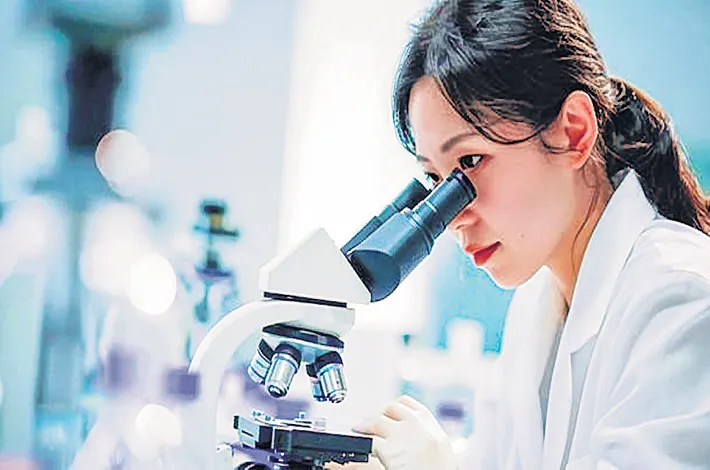Woman conceives after 18 years of trying. AI makes miracle happen
05-07-2025 12:00:00 AM

The IVF process involves removing a woman’s egg and combining it with sperm in a lab to create an embryo
After trying to conceive for 18 years, one couple is now pregnant with their first child, thanks to the power of artificial intelligence.
The couple had undergone several rounds of in-vitro fertilization (IVF), visiting fertility centres around the world in the hopes of having a baby, CNN reported.
The IVF process involves removing a woman’s egg and combining it with sperm in a laboratory to create an embryo, which is then implanted in the womb.
But for this couple, the IVF attempts were unsuccessful due to azoospermia, a rare condition in which no measurable sperm are present in the male partner’s semen. A typical semen sample contains hundreds of millions of sperm, but men with azoospermia have such low counts that no sperm cells can be found, even after hours of meticulous searching under a microscope.
So the couple went to the Columbia University Fertility Center to try a novel approach: using AI to help identify and recover hidden sperm in men who once thought they had no sperm at all.
“We kept our hopes to a minimum after so many disappointments,” the wife said.
Researchers at the fertility centre analyzed the semen sample with the AI system. Three hidden sperm were found, recovered and used to fertilise the wife’s eggs via IVF, and she became the first successful pregnancy enabled by the STAR method.
Dr Zev Williams, director of the Columbia University Fertility Center, and his colleagues spent five years developing the STAR method. “A patient provided a sample, and highly skilled technicians looked for two days through that sample to try to find sperm. They didn’t find any. We brought it to the AI-based STAR System. In one hour, it found 44 sperm,” said Williams, who led the research team.








